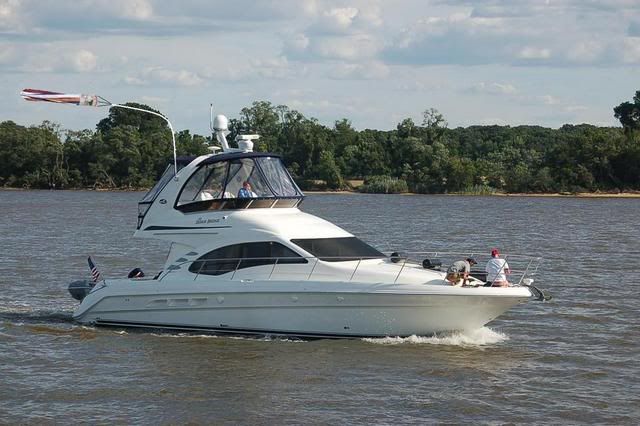Converse48
Well-Known Member
What's a reasonable range for a VHF radio? I have an 8' antenna mounted pretty high... yet I can't seem to get beyond a few miles.
Yes, I have checked to make sure the radio is not on low power!
Yes, I have checked to make sure the radio is not on low power!





